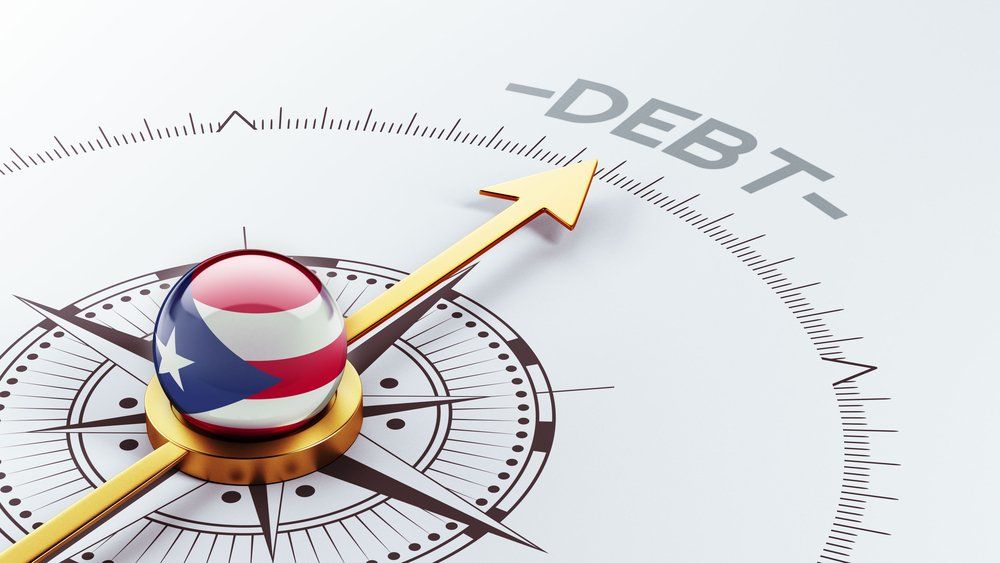Why Puerto Rico’s Bankruptcy Process Matters to the United States
The U.S. territory of Puerto Rico continues to hang on the brink of bankruptcy as it continues to struggle with massive amounts of debt.
A federal judge is now overseeing a form of bankruptcy for the territory, which owes more than $74 billion to creditors in the United States, along with more than $40 billion in pension liabilities.
But the effects of Puerto Rico’s financial crisis extend far beyond the island.
More residents of Puerto Rico are moving to the United States
Ever since the recession of 2008, Puerto Rico has faced a sluggish economy. As a result, about 10 percent of its population before the downturn has now moved to the United States. And with the crisis expected to continue, more Puerto Ricans are likely to move to the mainland.
Florida alone has more than 1 million Puerto Ricans living within its boundaries, and other states are also seeing rising numbers. This has resulted in a huge influx of new residents looking for employment.
A default by Puerto Rico would significantly impact US bonds
Investors that have a significant stake in Puerto Rico’s economy could potentially collapse if not repaid, which could in turn lead to a potential economic crisis like the mortgage crisis of the late 2000s. As a result, the companies that are at the most risk to such a collapse are expected to be quite liberal with their litigation.
American retirees could be drastically affected by Puerto Rico’s bankruptcy
Puerto Rico’s bonds have been tax exempt in the United States since 1917, making them a prime opportunity for American investors and mutual funds. Now, those investors and mutual funds could lose billions of dollars if the bonds fail. If they do fail, public sector retirees and employees from states that had previously invested them could suffer, and litigation could become widespread as investors attempt to get payment priority.
The territory’s bankruptcy could set precedent for other struggling jurisdictions
Puerto Rico is not the only U.S. territory currently experiencing tough economic times. The U.S. Virgin Islands, for example, is currently facing about $2 billion of debt. The USVI government is certainly watching this entire process to see how the court will dictate precedent for future cases. Depending on the way things play out, it could become advantageous for the U.S. Virgin Islands to seek congressional protection.
Even existing U.S. states that have high debt or have numerous pension obligations could potentially look to the process being used for Puerto Rico to see if similar remedies would be available to them in a crisis.
To learn more about how Puerto Rico’s economic situation could influence bankruptcy law across the whole nation, contact a knowledgeable Denver bankruptcy attorney at Long & Long, P.C.
The post Why Puerto Rico’s Bankruptcy Process Matters to the United States appeared first on Long & Long P.C..





